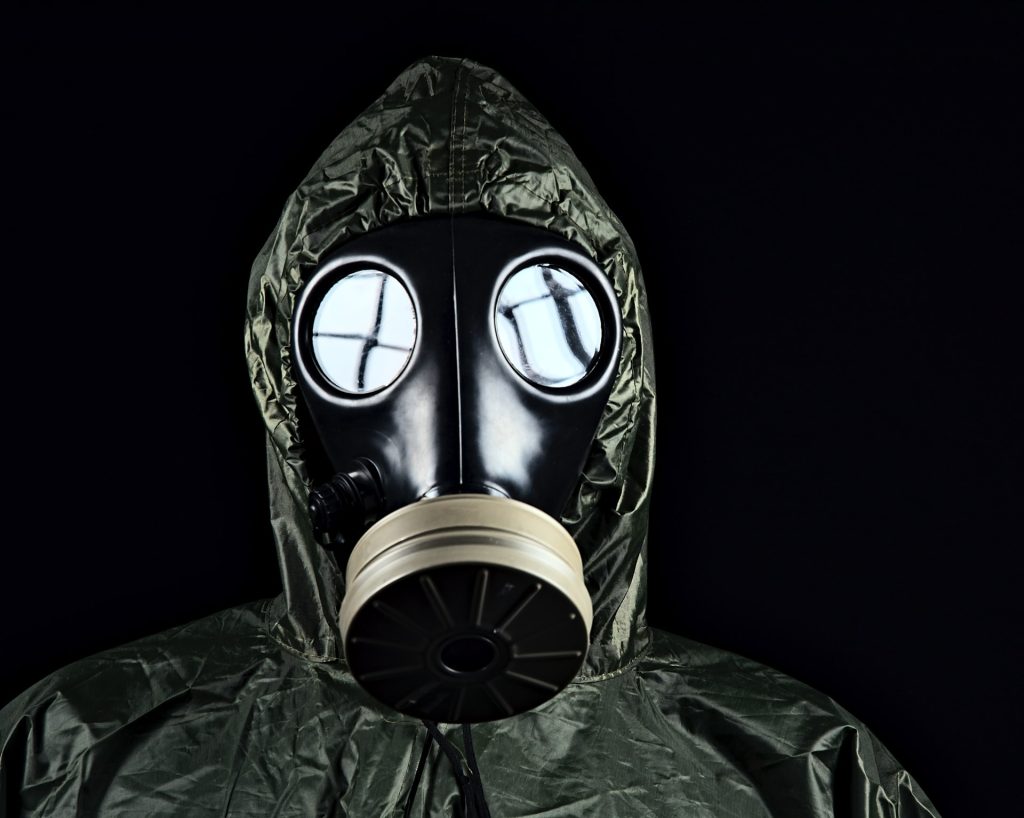
The US National Institutes of Health is funding a new clinical trial of an oral anti-radiation treatment. So-called dirty bombs are nuclear weapons that release a cloud of radioactive isotopes, and are thought to be an attractive option for terrorists because they are far easier to build than true nuclear explosives.
In such a situation, as well as a nuclear accident, the danger is not so much from direct radiation in the form of X-rays, gamma rays and alpha and beta particles, but from radioactive materials which are absorbed into the body via contaminated air, food or water. Certain radioisotopes from radioactive fallout are readily absorbed by the body, and cause damage to DNA and cellular structures. Current treatment contain chemicals that bind to these radioisotopes, preventing them from being taken up by the body and instead rapidly excreted.
The Food and Drug Administration has approved two products for removing internal radioactive contamination. These drugs, both based on diethylenetriamine pentaacetate (DTPA), are administered intravenously by a healthcare provider and can remove three radioactive elements: plutonium, americium, and curium.
In contrast, HOPO 14-1 is an oral capsule, which would be easier than an intravenous drug to stockpile and to deploy and administer during an emergency. Preclinical research has shown that HOPO 14-1 can effectively remove many radioactive contaminants, including uranium and neptunium in addition to plutonium, americium and curium. These studies also have found that HOPO 14-1 is up to 100 times more effective than DTPA at binding and removing these radioactive elements.
The trial will seek 42 healthy volunteers aged 18 to 65, who will of course not be exposed to radioactive fallout. They will be assigned into seven groups of six. Each participant in the first group will receive a 100-milligram (mg) dose of HOPO 14-1. The subsequent groups will receive increasingly higher doses of the study drug up to 7500 mg in the final group, if lower doses are deemed safe. Participants will undergo intensive safety monitoring and will be followed for 14 days to measure the absorption, distribution and elimination of the study drug. Results are expected in 2024.
Source: National Institutes of Health

